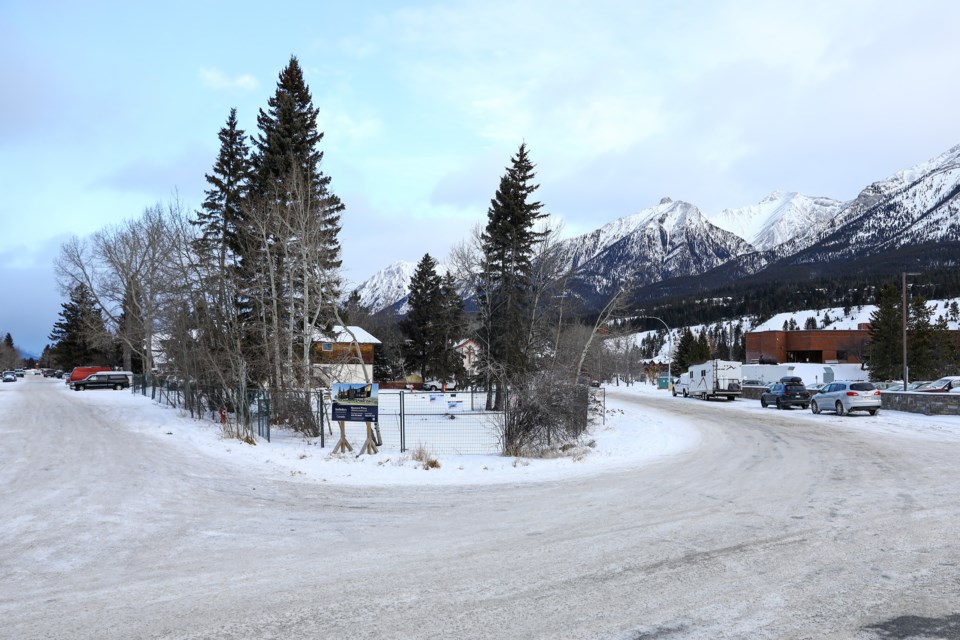CANMORE – The taxable assessment value for the Town of Canmore reached roughly $8.7 billion following growth of about $143.6 million in new properties in the community.
Alberta-based Benchmark Assessment Consultants Inc. – Canmore’s assessor for the past three years – indicated that $126.7 million of the growth was residential.
Deanne Bannerman, the assessment lead at Benchmark for the Town of Canmore, noted the complexity of assessments. She highlighted how there are two standards for property value used to prepare assessments, with the first being regulated value and the second market value.
Regulated is established by the province and look at electrical, telecommunications and natural gas lines properties. Market, which the majority of Canmore properties fall under, is the amount a property may be expected to sell at on the open market between a seller and buyer.
While a comprehensive detailed audit was completed in 2020 and looked at assessments over a five-year period, Bannerman said a follow-up review was completed by a provincial auditor. She said Canmore was in “substantial compliance with all of the recommendations.”
In the summer, there were residential re-inspections completed in south Canmore, Eagle Terrace and the Casale area. She said residential redevelopment areas will also see changes in assessments.
“We’ve seen significant sales of these types of properties that are being demolished and new properties are taking their place, as well as quite a lot being purchased by developers and being held for future redevelopment,” Bannerman said during the Town's committee of the whole meeting Tuesday (Feb. 15).
“This is especially evident for properties zoned for redevelopment, indicating the highest and best use for these properties is now redevelopment land rather than improved parcels.”
The assessment growth for the Town of Canmore – new construction that adds value to property – finished at $143.6 million, with 89 per cent coming from the residential sector. According to the report, there was a residential growth of 1.5 per cent and non-residential of 0.2 per cent.
The designated industrial property and linear is determined by the province and not yet determined.
Assessment notices were mailed out on Feb. 14 and the appeal deadline for an assessment is April 25. Depending on the complaint process and the provincial assessments still to come, the assessment totals are far from final.
Bannerman said most complaints come from landowners believing the property to be overvalued, but undervalued assessment complaints also occur.
“We do get some phone calls, especially people who are trying to sell their property wanting to know why their assessment is so low when they’re trying to sell it for higher. We’ve been asked for increases before in the past," she said.
The largest portion of the taxable assessment base was residential, hitting the $7.3 billion mark after being at $6.8 billion the previous year.
The non-residential base increased from $1.17 billion to $1.33 billion for a jump of about $15.5 billion.
In the case of hotels, Bannerman said they typically look at three years of revenue when completing an assessment.
However, with the pandemic impacting tourism-based revenue, they looked at the land value, particularly with it still being valuable. She noted it was likely to be a temporary assessment shift, but will be dependent on the property.
“When we prepare assessments for the hotel-type properties, specifically, and only for the hotel type properties, we use three years of revenues in the preparation and the actual revenue in the preparation for assessments,” Bannerman said. “We have a sharp decrease on the revenues in the last two years and that has swayed the overall income of those properties.
“The land along Bow Valley Trail is worth quite a bit of money. We’ve seen a lot of redevelopment occur.”
The report to the committee emphasized that if assessments increase by a market value of 10 per cent, for example, it doesn’t mean an additional 10 per cent in property taxes will be collected.
The report indicated if there was no increase required from taxes during the budget, the tax rate would decrease by 10 per cent, resulting in the same amount of taxes being collected.
According to the assessment roll, there are 3,609 single detached dwellings and 4,740 residential condo units. The report to the committee also showed 1,746 commercial and industrial properties.
There are a total of 12,565 assessable parcels of property.
Compared to last year, there were an additional 217 single-family homes, 98 residential condos and 93 extra assessable parcels of land. There was a decline of 21 commercial and industrial properties.
By the numbers
- Taxable assessment: $8.7 billion
- Total assessable parcels: 12,565
- Single-family homes: 3,609
- Residential condo units: 4,740
- Commercial and industrial: 1,746
Notable growth in 2021
- Jack Pine Lodge residential condos
- Residences at 7 and 7 residential condos
- Vue Canmore apartment
- Rundle House apartment
- Moose Meadows industrial condos
Correction: An earlier version of the story incorrectly stated the different between regulated and market value in finishing property assessments. The story has been updated. The Outlook apologizes for the error.




